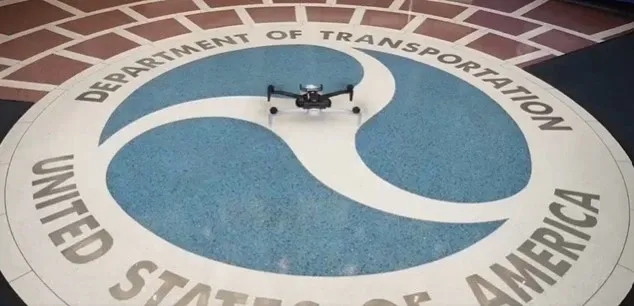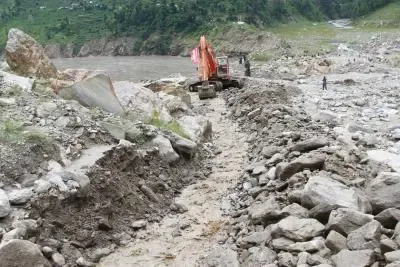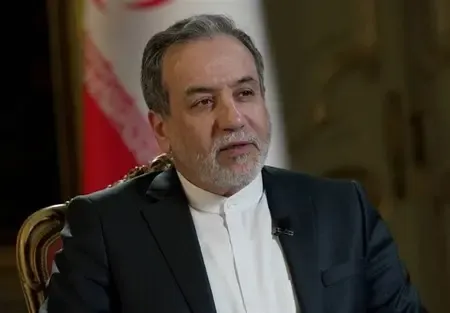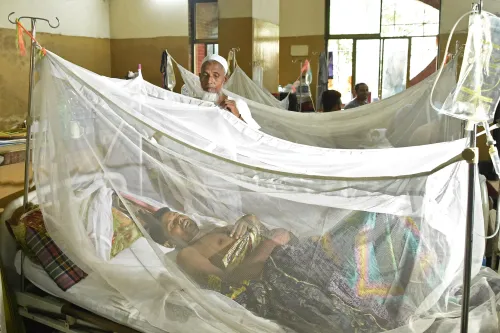How is the US Transportation Secretary Advancing Drone Technology?

Synopsis
Key Takeaways
- New BVLOS rule proposed by US Transportation Secretary.
- Abolishes need for individual waivers for drone operations.
- Expected to broaden drone usage in various sectors.
- Enhances safety measures for unmanned aircraft.
- Promotes innovation in drone technology.
Los Angeles, Aug 6 (NationPress) US Transportation Secretary Sean P. Duffy has proposed a new regulation designed to enhance drone innovation and expedite the incorporation of unmanned aircraft systems into the national airspace.
The initiative, referred to as the Beyond Visual Line of Sight (BVLOS) regulation, aims to abolish the existing requirement for operators to secure individual waivers or exemptions for BVLOS drone operations, as reported by the Xinhua news agency.
According to the US Department of Transportation, the regulation will significantly broaden the usage of drones across various sectors, including manufacturing, agriculture, energy, filmmaking, and the delivery of goods, especially life-saving medical supplies.
In a statement, Duffy remarked, “From drones delivering medicine to unmanned aircraft surveying crops, this technology will fundamentally change how we engage with our environment.”
Duffy emphasized that the new regulation would update outdated rules that have constrained innovation while simultaneously improving safety in American airspace.
Michael Kratsios, the director of the White House Office of Science and Technology Policy, noted that these changes would revolutionize the nation’s infrastructure monitoring, critical supply delivery, precision agriculture advancements, and emergency response efficiency, as per a press release from the Department of Transportation.
The proposal also sets forth new standards for manufacturers, operators, and drone traffic management services to ensure that BVLOS drones maintain safe distances from each other and from piloted aircraft.









